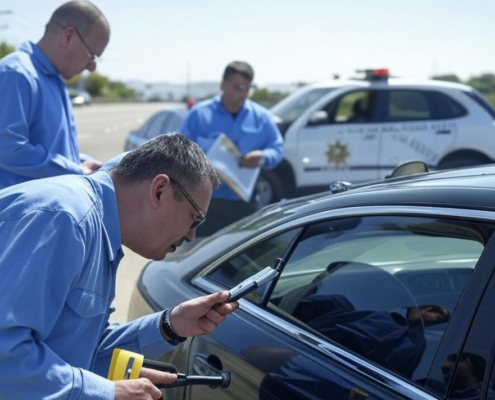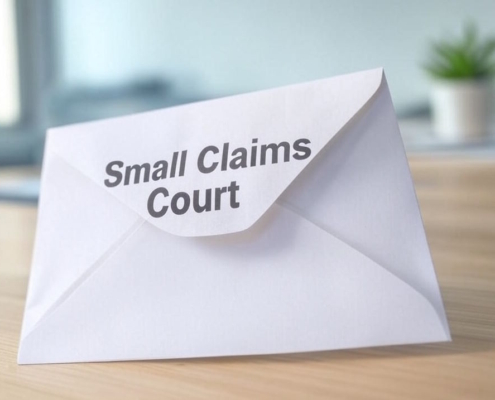Background of Statutes of Limitations in California
Statutes of limitations provide strict deadlines for the filing of lawsuits in California. The purpose of these statutes is to encourage the prompt filing of lawsuits following incidents, when witnesses are more likely to have firsthand knowledge of what happened and the evidence is more readily available. It is often not possible to pursue a legal claim after the statute of limitations term for that case has expired.
Every kind of lawsuit has its own unique statute of limitations. You have to determine your cause of action, or the legal justification for suing, in order to figure out the applicable statute of limitations. The California Code of Civil Procedure (CCP) §§ 312-365 contains the statutes of limitation for several civil cases, albeit not all of them. California has many common civil action statutes of limitations, such as:
- Two years for wrongful death or personal injury
- Three years for damage to personal property
- Four years for violating a written agreement
- Two years for violating an oral agreement
The defendant has the option to use this as a defense or use it as a basis for a demurrer if the case is brought after the statute of limitations has expired. When it comes to cases involving the statute of limitations, there is no wiggle room. The statute of limitations requires the dismissal of any cases submitted beyond the deadline. The beginning and ending of the statute of limitations period, however, are not necessarily clear.
Finding the precise start date of a statute of limitations typically requires research. When a cause of action “accrues”, the clock starts ticking on the statute of limitations. A common rule is that the date of damage or the specific event is when a cause of action begins to accrue. The time limit begins to run when the last component of a multi-element cause of action takes place.
The date of accrual could be difficult to ascertain in some situations. The plaintiff may be required to wait until they find (or should have found) the damage before accrual begins. Take medical malpractice as an example. The statute of limitations for this type of case is three years from the date of harm or one year from the day the plaintiff finds (or reasonably ought to have identified) the injury, whatever happens first. Sometimes medical errors don’t manifest themselves right away, and it takes testing for something completely unrelated to the original issue to uncover them years later.
In such cases, the patient had no reasonable way of knowing about the damage until much after the three-year post-injury filing deadline had passed. But if the patient finds their damage within a year, they probably have a case. On the other hand, if the patient experienced an obvious consequence, like abnormal pain, as a result of the medical error and failed to seek medical assistance to determine its origin, it is probable that the patient will be unable to file a claim beyond the three-year mark, as he should have reasonably noticed the issue at an earlier point. Few cases involve delayed discovery. An injured party will usually be able to prove it via reasonable diligence.
Another potential snag is trying to pin down exactly when the statute of limitations runs out. There are situations in which the passage of time is “tolled,” or temporarily halted. The precise situations in which a statute of limitations is tolled are described in CCP §§ 350-363. The most prevalent of these is the plaintiff’s legal standing, which may prohibit them from initiating a lawsuit due to factors like mental incompetence or being a kid. As soon as that legal standing stops, like when a minor turns 18, the statute of limitations starts to run.
On the other hand, there are situations where the principles of “equitable tolling” apply to tolled statutes of limitations instead of a particular portion of the code. The legal principle of equitable tolling makes sure that plaintiffs can still file lawsuits even if they tried to resolve their legal issues via other means first. In most cases, equitable tolling kicks in when a wronged party has access to many legal remedies and, acting fairly and honestly, chooses one to pursue.
To illustrate the point, if a worker is pursuing workers’ compensation benefits for the same accident, the equitable tolling approach may extend the time limit for a personal injury lawsuit. In the event of a personal injury, the time limit for submitting a lawsuit is two years. Workers’ compensation claims, however, may put the injured party’s legal action on hold. The civil clock resumes its previous operation after the workers’ compensation process is complete. The two-year statute of limitations will terminate when the allotted time has elapsed.
Make sure you don’t jump to the conclusion that your statute of limitations has been tolled! When you are dealing with a certain kind of case, it is typically necessary to conduct a significant amount of research in order to determine whether or not a statute of limitations has been tolled.






























